Crisis in Indian secularism

Aarif has completed M.A in Political Science from the University of Kashmir.
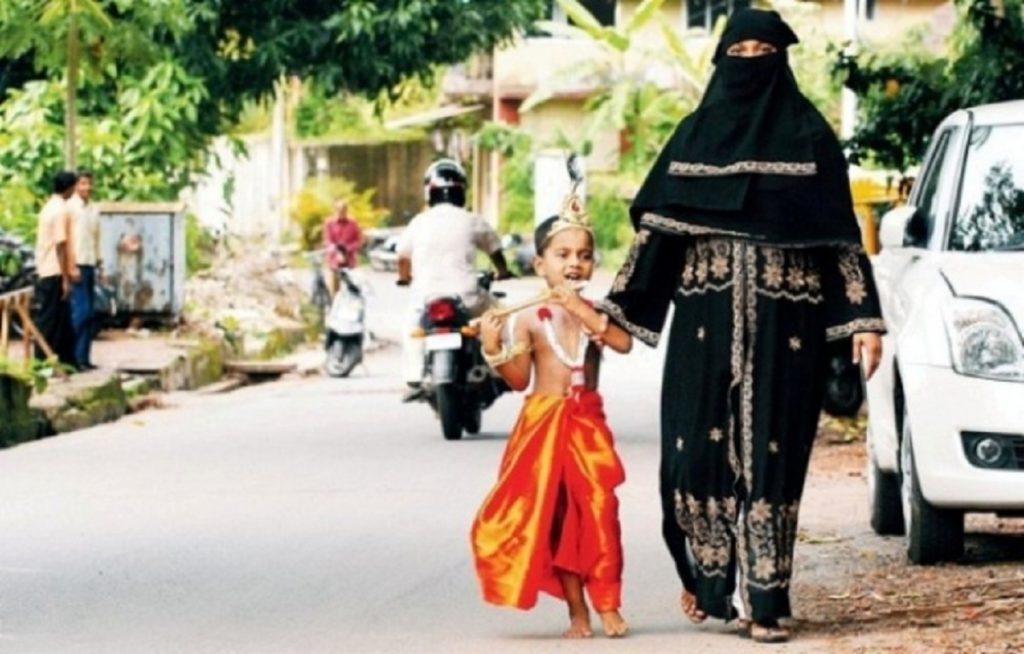
[responsivevoice_button voice=”US English Male” buttontext=”Read out this Theel for me”]
For discussing the concept of ‘Secularism’ in India, it is fundamentally necessary for us to know, from where the concept of ‘secularism’ had been borrowed by our constitution-makers. What does the word ‘secularism ‘in the context of India mean? How is it different from the western concept of secularism? The fundamental difference between the western secularism and Indian secularism is simply that in the west, the state is separate from the functioning of all religious institutions and groups. On the other hand, in India, secularism means that the state is neutral to all religious groups but not necessarily separate from it, as religion is an important part of Indian socio-cultural life. In the western variant of secularism, the state believes in total non-interference in the domain of religion. The state is allowed to curtail the rights of citizens if the religion is causing hindrance in the functioning of the state. In India, the concept is not restricted to the question of how religious groups are to be treated. Instead, the essence of secularism lies in forging a positive relationship between the state and religion. In the west, the state treats all religions with ‘equal indifference.’ It does not aid any religious institution through financial means nor taxes them. In India, the state gives financial aid to religious institutions and taxes them as well.
Contextualising Indian Secularism
Architects of the Indian nation had adopted secularism to shun the communalisation of Indian society, which had one of its worst manifestations in the violence during the time of partition. It was decided to have a secular state in India in order to prevent minority communities from the onslaught of the ‘majority community’ to preserve and sustain the spirit of vibrant, diverse culture in India. The doctrine of ‘secularism’ was also incorporated with the notion that the state will not prioritize any particular religion in India. In other words, the state will not discriminate against any religion in the country, and equal rights will be given to minorities in India to profess and propagate their religion in a secular spirit.
Nehru and Secularism
The first Prime Minister of India, Pandit Nehru, who was the helm of political decision-making in India at the time of inception of the republic, asserted that the state needed to distance itself from religion. It was after all because of frenzy communal violence that ultimately led to the Partition of India and created a space for religious prejudices in India and Pakistan. Nehru’s understanding of secularism was much closer to the notion of Sarva Dharma Sambhava (Give equal respect to all religions). For Nehru, the concept of the secular state entails three meanings. First, there is freedom of religion or irreligion for all. Second, the state will honor all faiths equally. Third, the state will not be attached to any faith or religion, so that no religion assumes the status of a state religion. The creed of secularism, therefore, discouraged fears that one group had the right to stamp the body politic with its ethos only because it is in a majority.
Conversely, the assurance was given that a religious group would not be deprived, in any way, even though it happened to be in the minority. The constitution of India also describes India as a ‘secular country ‘not because of the word “Secularism” that was inserted in the constitution by the 42nd Amendment but also because of the secular nature that is essentially found in Fundamental rights: Right to Freedom of Religion. Secularism in India had functioned well, to some extent, at least in the early decades because of the efforts of the charismatic leadership as well as political culture. The secular nature of Indian society was maintained by Nehru to a large extent, and incidents of communal violence were relatively lower in Nehru’s era as compared to the tenures of other subsequent prime ministers’ of India.
Escalation of the crisis
After the period of the 1980s, the concept of secularism began to enter into a major crisis in India. It was because of the communal violence that aggravated in India at this time. On the other hand, the Indian state has failed very badly to provide security to minority communities manifested in the communal riots of Delhi in 1984 in which Sikhs were killed after the assassination of Indira Gandhi. Jisha Menon, in her book titled, The Performance Of Nationalism, India, Pakistan, and The Memory Of Partition, mentions how fear and anxiety were developed in the minds of the Sikh community by the Hindu mobs over the killing of Indira Gandhi. She further said, “The memory of 1947 came flooding back except that I feared this might be much worse. When the Hindu mob shouted, “Traitor get out,” I asked myself, Traitor, is this what I sang songs of Independence for? Was handcuffed at the age of 6? Shock was not 1947, but shock is now when Sikhs were considered traitors in India.” Adding further, she stated that “the killing of a reputed leader by some miscreants of a particular community will create doubt about the loyalty of entire community, who were not involved in the killing of Indira Gandhi which has created panic, disillusionment, and apprehension about the belongings of a particular community, due to some obnoxious incidents.”
The crisis of political institutions leads to a breakdown of the channels of communication in the political arena that is crucial for the effective functioning of a diverse political community. This has inevitably led to the growing appeal of sectarian politics at the grass-root level. With time, the Indian state weakened its capacity to counter the “Communal discourse” that has eventually become a major part of the political narrative shaping the minds of Indian citizens in the country, instead of “secular discourse.” Secularism as a public ideology of political parties lost relevance with time because of its eroding salience on the electoral ground, and it only acted as a proxy and mirage for certain sections of the people. Hence, the credentials of secularism are losing its coherence to a large extent in India. After 1980, some notable scholars of Indian politics began to raise questions about the secular essence of India. Ashish Nandy, T.N. Madan, and others delved into the evolving version of secularism that was emerging very strongly in India. That understanding was based on the idea of ‘Hindutva ‘in India, and this version of secularism gained much publicity in India in the 1990s because it was based on a polarized narrative of ‘Mandir -Masjid identity.’ Since then, religion has been used excessively for political gains by political parties in India, especially by Bharatiya Janata Party (BJP), who began to politicise religion more vehemently in the Indian public discourse.
The dominance of ‘Hindutva.’
The political forces based on Hindu nationalism began to follow the belligerent and confrontational approach instead of an accommodative approach. After 1980, Hindu nationalists began to directly attack minorities, especially Muslims, whom they projected as the ‘other’ by communal polarisation. The influx of thousands of impoverished job seekers from Bangladesh and Pakistan into India every year was portrayed by the BJP “as an organized Muslim conspiracy to infiltrate into India.” It became a standard element of BJP’s politics to create a discourse that Muslims want to destabilize India as “anti-nationals.” They have framed this discourse regarding Muslims in an organized manner. They make it clear to people that the delay in the construction of Ram Mandir was because of the Congress party’s lingering weakness and subservience to Muslim orthodoxy’s pressure. They also highlighted that the construction of the Babri Mosque was a traumatic wound on the nation and Hindu civilization- that could be healed through the removal of the Babri Mosque and construction of the Ram Temple in Ayodhya. According to their discourse, till the invasion of Babur of India, the Ram Temple had been there that was demolished by the Mughal conqueror in the 16th century.
This majoritarian discourse was organized around metaphors that sought to infuse a sense of radical rupture: of the awakening of the dormant, hitherto silent Hindu majority. It also suggested rejuvenation of the Indian nation and the beginning of an epochal change from the old humiliating order to a new proud, and bright future. Hindu nationalists give priority to the fact that television serials based on Hindu mythology like Ramayana and Mahabharata need to be shown to develop a feeling of civilisational pride among the Hindu people. So that they can take a masculine and, in some cases, militaristic posture for reclaiming the past glory that was snatched by the Islamic invaders or “outsiders” who have exploited and oppressed Hindu people in India for a long period of time. There are two notable incidents of violence that further jolted the secular fabric of Indian society due to aggressive Hindu majoritarian politicization. One was the demolition of the Babri Mosque in 1992 and the communal violence that broke out after that. The second incident is the communal riots in Gujarat in 2002, in which more than a thousand innocent people, mostly Muslims, were killed by the Hindu mobs after a train carrying Hindu karsevaks was burned down in Godhra. There are allegations that the incumbent ruling dispensation in the state acted in a complicit manner during and after the riots. Since then, the Muslims are apprehended to be living in fear in the state because of the insecurity they had faced.
Hegemonic rise of ‘Hindutva.’
The secular identity of India was further pushed under crisis during the rule of the Hindu nationalist ruling party at the Centre headed by Narendra Modi. The religion-based appeal of Hindutva has been used as an important political instrument by Hindu nationalists, which really worked well on the ground level. Such effective mass mobilisation helped them to get a thumping victory in two successive general elections. There also have been many attempts to target the largest religious minority group in India. To ‘demonize ‘and ‘traduce ‘minorities has become a more acceptable discourse in India. This discourse is extolled not only by the ruling elite but also by a large section of the media.
In the last few years, the political representation of Muslims is further declining massively. On the other hand, crimes against the Muslim community are increasing in the form of mob lynching and hate speeches. Even some laws passed by the current Union government are discriminatory in nature and challenges that secular fabric underlined in the Indian constitution: Such as Citizenship Amendment Bill (CAA). This bill provides Indian citizenship to non-Muslim minorities from three countries: Pakistan, Bangladesh, and Afghanistan. It includes six communities: Hindus, Sikhs, Jains, Buddhists, Parsis, and Christians. Only the Muslims were excluded from it. The manner of abrogation of Article 370 and 35A in Jammu and Kashmir and the introduction of new domicile law raises apprehension that the intention might be to alter the demographic configuration that can adversely impact the Muslims in India through this legislation. There has been a surge of Hindu nationalism in India, with the BJP serving as a hegemonic power governing all aspects of Indian politics following the ideology of ‘Hindutva ‘propagated by V. D. Savarkar. The evolving discourse raises consternation regarding the possibility that the ruling dispensation is attempting to weaken the roots of secularism in India and want to establish India as a Hindu Rashtra. Those who are trying to raise their voices as dissenters against this hegemonic political project are being trolled or threatened by mobs and also imprisoned so that they can suppress the voice of people by dismissing and cornering them as anti-national. In such a scenario, the process of marginalization is functioning in India very rapidly instead of representation. This has further threatened the existence of secular values. This new wave of de-secularization is evident and pernicious for India. The high level of communal polarisation in recent times have further increased the cleavages between the religious communities and ethnic groups in India. Such a discourse might lead to further instability and societal discord in the future.
Future of Indian Secularism
While concluding the piece, I will briefly discuss the works of two noted political scientists of India: One is Ashis Nandy, and the other is T.N.Madan. Ashis Nandy rejects the notion of secularism that we have borrowed from the west. Nandy asserts that communal nationalism is itself a product of modernity. The idea owes its very existence to the oppositional but, at the same time, internal dialectical relation that has a bearing on the other aspects of modernity and Nehru’s secularism. The argument is that secularism in India is an alien principle imposed upon people who have never wished to separate religion from politics in their everyday life and thinking. Therefore, it has left the people with no choice but to turn to the only religious politics available, namely Hindu nationalism. Thus, Nandy opines that secular tyranny breeds Hindu nationalist resistance, which threatens its own form of tyranny. He further says in order to prevent such harm to society, we need to follow the indigenous religious tolerance as the best means to preserve and maintain a pluralistic and multi-religious Indian society, which has been in existence for ages.
T.N.Madan is often lumped together with Nandy as an anti-secularist. And his critics quote one of his aphorisms as evidence of the fact as he said that he believed that in the prevailing circumstances, secularism in South Asia as a generally shared principle of life is impossible and as a basis for state action impracticable and as a blueprint for the foreseeable future implausible. Madan further cites three reasons for this belief: One, that the majority of people living in the region are active adherents of some religious faith; second, Buddhism and Islam have been declared as the state religion in some countries, and third, secularism has failed in countering religious fundamentalism. Keeping these challenges in mind, the present ruling dispensation needs to revive the true spirit of secularism where everyone can practice its religion without any fear, and religion should not be negatively intermingled with politics in order to promote hate politics towards the minority communities. The Indian state has to treat every citizen equally and respect the diverse culture of India and need to follow the principle of tolerance and accommodation. The state must listen to the grievances of the people very sensitively and combat the hawkish and rapacious stance as they need to work for the betterment of the citizens. Furthermore, the need for space for constructive criticism from opposition so that the government can correct the flaws in their policies is necessary for an effective democracy. Most importantly, all institutions should be accountable and responsible instead of being subservient to the ruling governments. Not paying heed to discussed challenges to the secular fabric might create more turmoil in India.
Bibliography
- Alam Anwar (2002) Secularism in India. A critique of the current discourse .New Delhi:Orient Longman
- Ashis Nandy, “An Anti-secularist Manifesto”, in Gandhi’s Significance Today, John Hick and Lamont C. Hempel (eds), New York: Palgrave Macmillan, (1989)
- Ashis Nandy, “An Anti-secularist Manifesto”, India International Centre Quarterly , SPRING 1995, Vol. 22, No. 1, 35-64
- Jisha Menon, (2013) The performance of Nationalism: India Pakistan and the memory of Partition, Cambridge University Press
- Mumbai Mirror, “Modi’s Sectarianism Eroding India’s Secular Democracy”,25 january, 2020, https://punemirror.indiatimes.com/news/inida/modia-sectarianism-eording-indias-secular-democracy/amp_articleshow/73593946.cms
- Niraja Gopal Jayal and Pratap Banu Mehta,(2010) The Oxford Companion to Politics in India, Oxford University Press
- Rajeev Bhargava (1994) “Giving its Due Share” Economic and Political Weekly, 9 July, 1784-1791
- T.N. Madan, “Secularism in Its place” The Journal of Asian Studies , Nov., 1987, Vol. 46, No. 4 (Nov., 1987), pp. 747- 759
- T.N.Madan (1998) “Secularism in its place “ in Secularism and its Critics (eds) Rajeev Bhargava ,New Delhi: Oxford University Press
Featured Image Credits: IndiaTimes


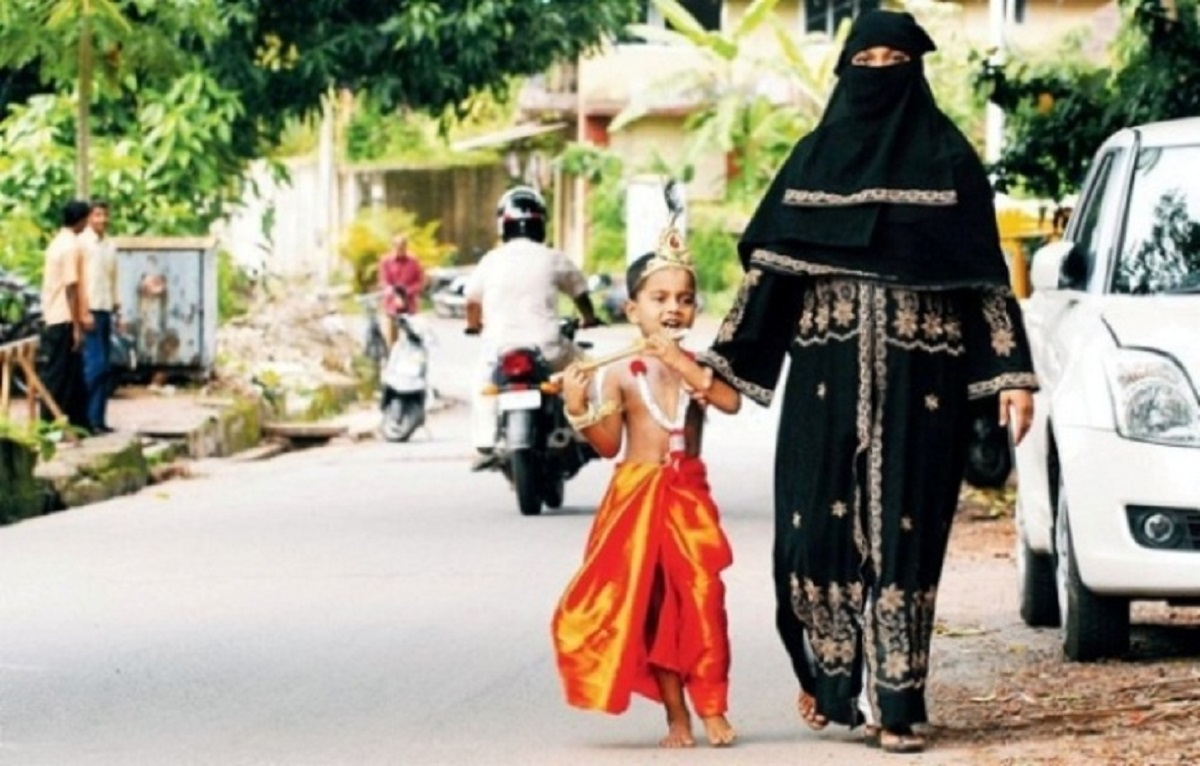

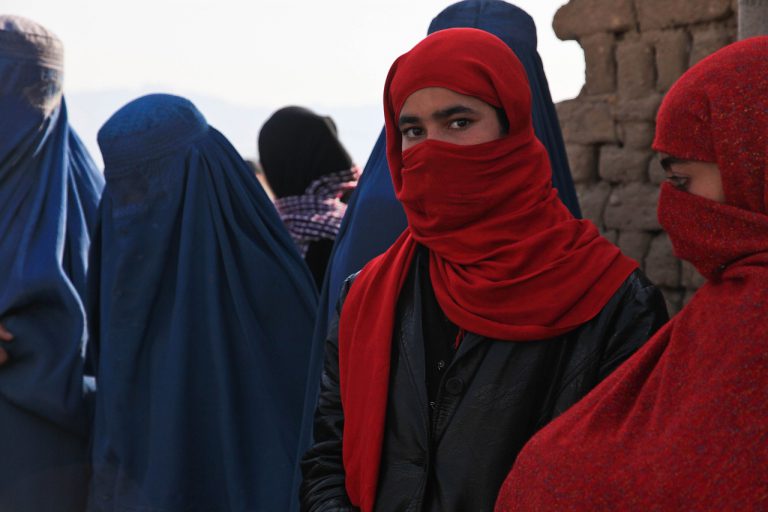
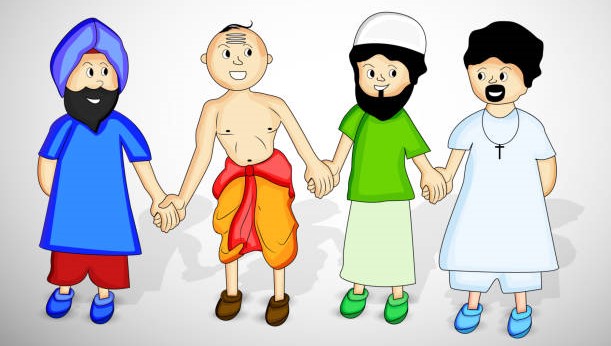
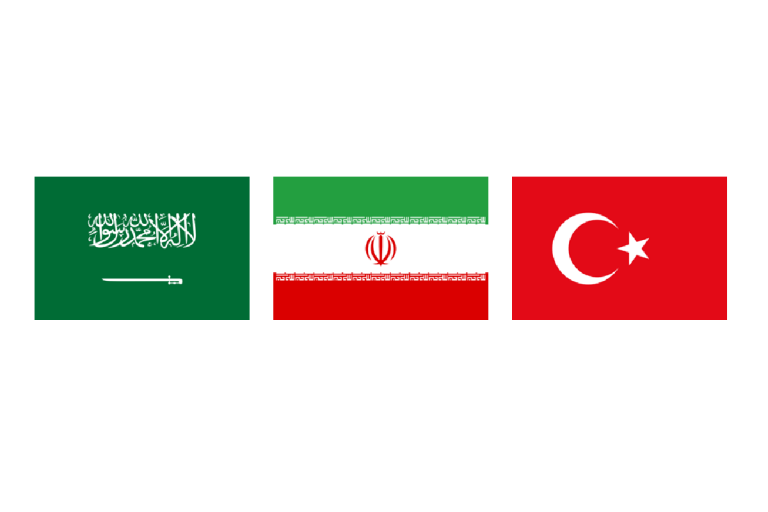
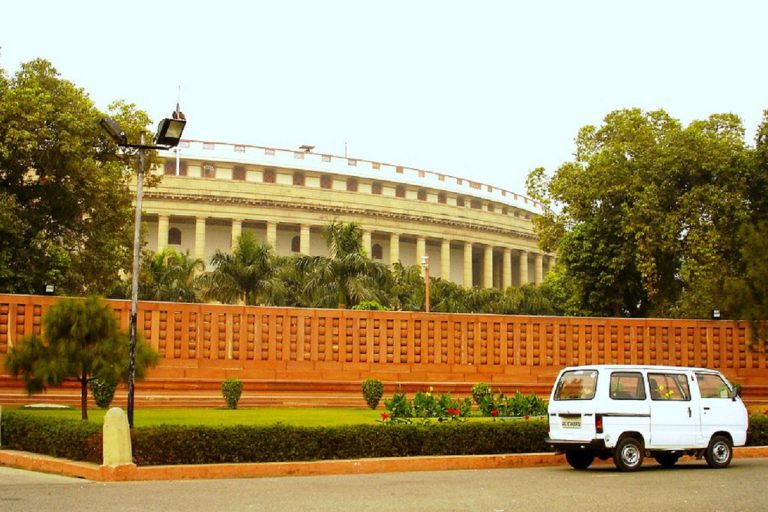
Nicely explained in Indian context